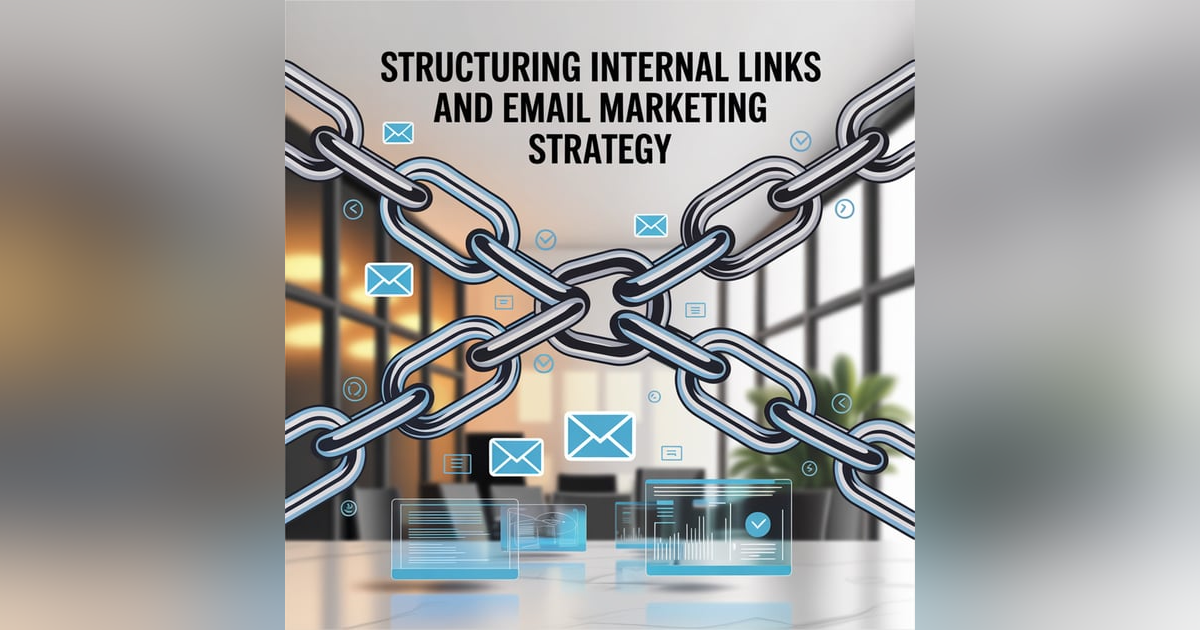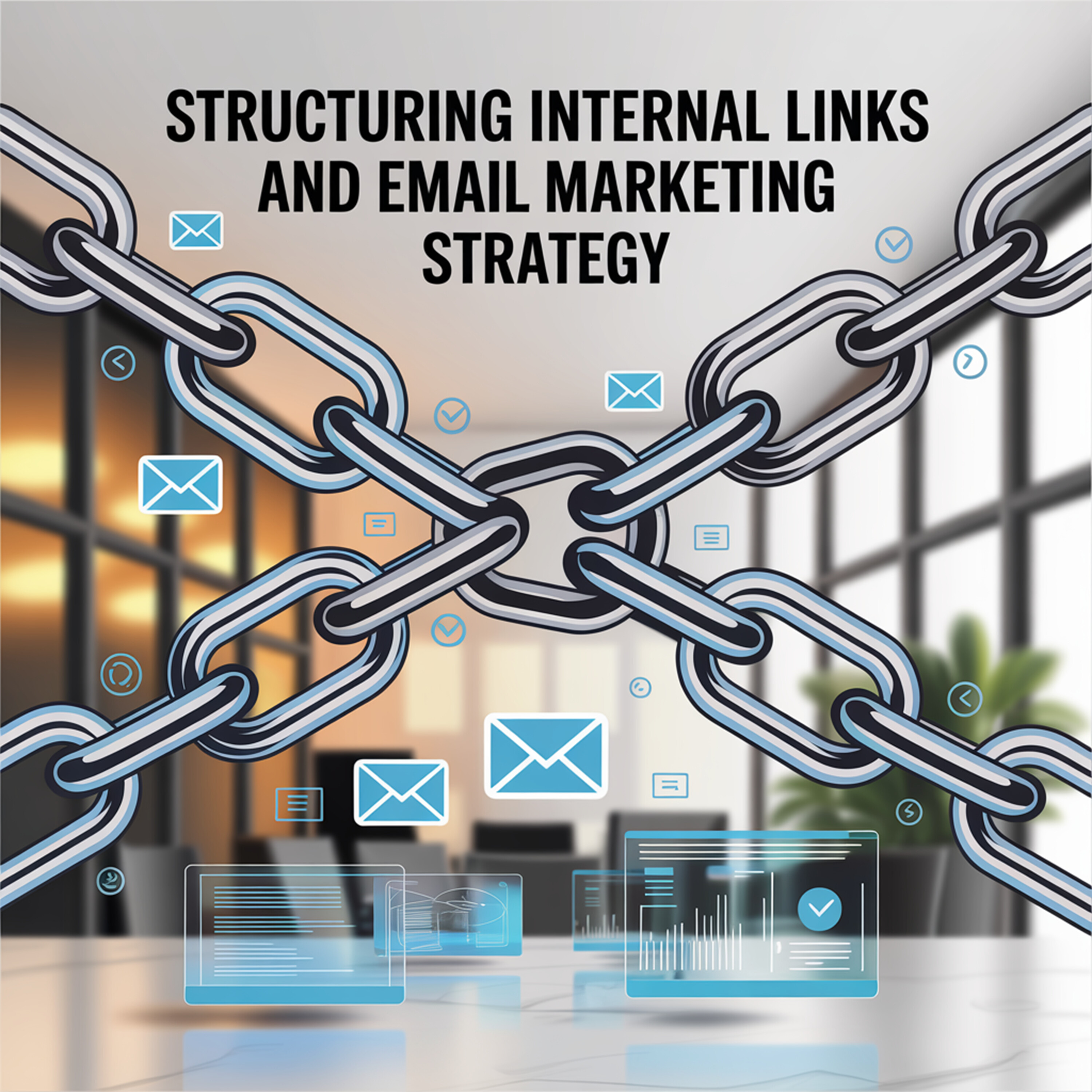AI SEO: What's the Best Way to Structure Internal Links? Email Marketing Bonus 📥 with Favour Obasi-ike


AI SEO: What's the Best Way to Structure Internal Links? Email Marketing Bonus with Favour Obasi-Ike | Get exclusive SEO newsletters in your inbox.
This episode unveils an extensive discussion about the optimal methods for structuring internal links within your website to improve search engine optimization (SEO) and user experience.
I explain that internal links should be contextually relevant, often using the analogy of a "sandwich" where the highlighted text (anchor text) aligns directly with the content of the linked URL. The conversation emphasizes that effective internal linking creates a "spiderweb" structure, connecting old and new content to enhance readability and discoverability by algorithms like Google.
Finally, I discuss related digital marketing topics, including the benefits of leveraging email marketing platforms like Flodesk for cost efficiency and high deliverability, linking this back to the importance of a strong online structure.
Next Steps for Digital Marketing + SEO Services:
>> Visit our Official website for the best digital marketing, SEO, and AI strategies today!
10 Answer Keys for this episode
1. An internal link is a word, phrase, or sentence that is highlighted to become a hyperlink. This link connects the current page to another relevant page or resource that exists within the same website domain.
2. The "sandwich" effect occurs when the highlighted text (anchor text) uses the same words or phrase as the keywords found in the destination page's URL. This creates a strong contextual connection that is easily understood by both human users and search engine algorithms, improving the chances of the page ranking for those terms.
3. Linking new and old pages creates a "bridge" or a "spiderweb" structure across a website. This practice helps search engines and users discover all related content, regardless of its publication date, ensuring that value is passed between pages and creating more pathways for visitors to find relevant information.
4. Linking directly to a checkout page is a strategy to reduce friction and save the customer time, potentially leading to higher conversions, especially if the customer has already seen the product and has all the necessary information. Linking to a product page allows the customer to read more details and make a decision, but it introduces an extra step and risks them getting distracted by other items.
5. "Structural marketing" is a concept where marketing efforts are built with discipline, rules, and a foundation, much like a physical structure. The website serves as the foundation, and its pages, connected by internal links, must be active and structured logically to support marketing goals.
6. A website's search bar functions like Google's own search. When a user searches for a specific term like "candy" or "flowers," the website pulls results from its own internal index or inventory. If the website's content (the resource) is not properly structured and indexed, the search function (the source) is useless, like a well with no water.
7. Local businesses should highlight the text of the city or state they want to be found in and link it to a relevant page. This is a form of on-page SEO that sends a signal to algorithms that the business serves that specific location, which can have a large long-term impact on local search visibility.
8. HTTPS is the secure version of HTTP. Using an HTTPS link for hyperlinking ensures a clean, direct, and secure pathway for the user and search engine crawlers. Using an HTTPlink can result in a different, less secure experience that might cause the link to bounce back or redirect unnecessarily.
9. A "do follow" link signals to search engines that you endorse the destination page and are attributing value or "link juice" to it. A "no follow" link tells search engines that you are citing or suggesting the link but are not endorsing it, so no domain authority or ranking signal is passed.
10. When you update and republish one page that is internally linked to many other pages (e.g., 10 or 20), it sends a new signal to search engine algorithms for all connected pages. This one update effectively "republishes" all the linked pages in the eyes of the algorithm, signaling fresh activity across a wide swath of the website without having to manually update each page.
Digital Marketing SEO Resources:
See Privacy Policy at https://art19.com/privacy and California Privacy Notice at https://art19.com/privacy#do-not-sell-my-info.


